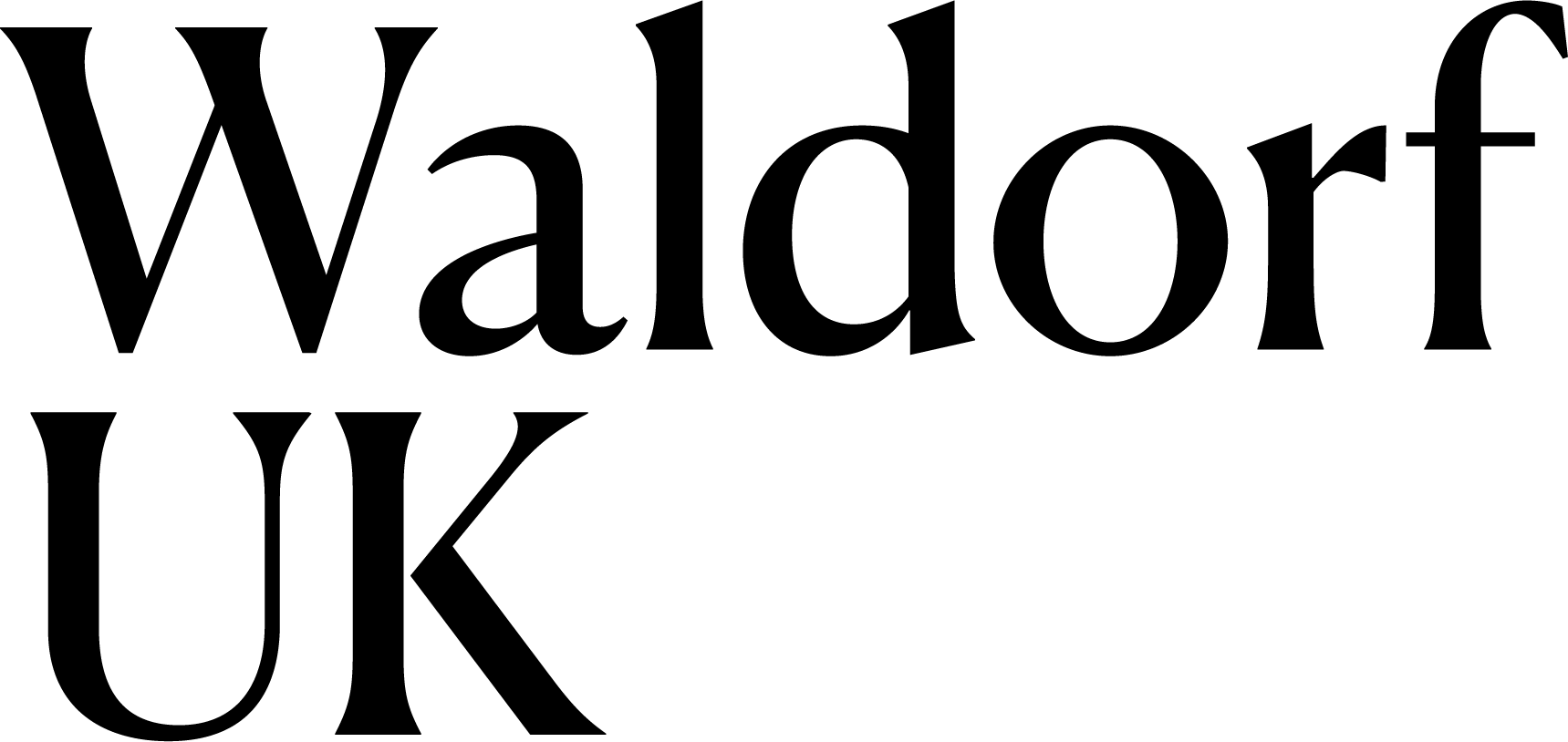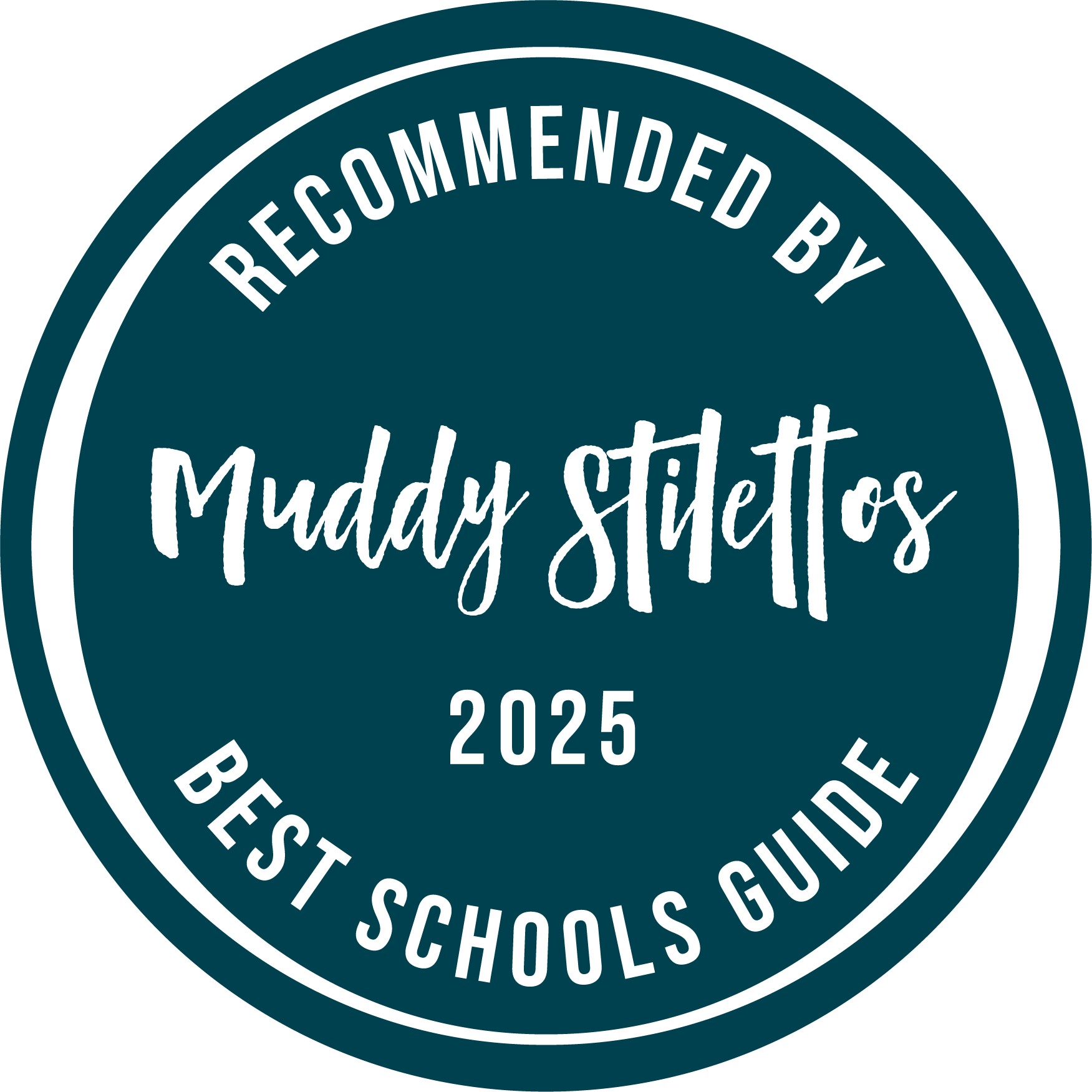Lower and Middle School
The Lower and Middle School develops an enthusiasm and love for learning in every child. Our innovative approach to teaching leads to outstanding levels of engagement and motivation. Pupils develop the expectation that learning is an exciting and rewarding process. This quality of curiosity in our pupils becomes the foundation on which subsequent learning is successfully built. The Lower and Middle School has a carefully designed curriculum that is broad and rich–it supports the healthy physical, emotional, intellectual and spiritual development of each and every pupil. Our education has a strong visual element with an emphasis on the spoken word, music, and practical activities. At its heart, our education provides children and young people with opportunities to gather learning experiences, skills, and human qualities that shape and guide later learning, and later life.
Lower School Class 1 to 3
Formal learning begins in Class 1 (age 6/7) when the ‘learning through doing’ experience in Kindergarten transforms into teacher-led learning. The child’s capacity for independent, representational and pictorial thinking is now beginning to emerge clearly and the method of education responds accordingly. Movement and rhythmic activity are strong aspects of Classes 1-3 (for example: skipping, clapping and stepping games) and these support the development of numeracy, literacy and artistically-presented work.
In keeping with the age of the child, the overall mood is one of immersive wholeness, with new material presented largely through picture and story. The archetypal images of fairy stories nourish the child’s holistic experience of their external environment. The Kindergarten’s principles of imitation and repetition-based confidence in memory are continued alongside reverence for nature, respect for the environment and for each other.
In Class 2 (age 7/8), skills are developed through artistic and imaginative work which foster the growth of the child’s capacity to form clear thought-pictures. The curriculum cultivates a sense for the breadth and richness of language, and of the feelings and emotions it conveys. Short fables, with their humorous one-sidedness, and stories of the saints, as an image of humanity, are told and recalled orally. This work leads into short written pieces. Gross and fine motor skills are cultivated and refined through flute playing, handwork and rhythmic work.
In Class 3 (age 8/9), there are significant changes in the child’s physiological, psychological and cognitive makeup. Experiences are felt more strongly, and a growing sense of objectivity develops. Questions, doubts, aloneness and a tendency towards criticism may emerge, changing both behaviour and the psychological landscape fundamentally.
The children begin, unconsciously, to question the authority of the teacher but through security in the teacher’s knowledge and experience of the world, they are guided through a time of change. The Class is moulded into a “we”, as a basis for the challenges of Class 4 (age 9/10).

Class 1 Book Work
Lower School Classes 4 and 5
This is a period when the child separates from his or her surrounding and the ‘I-You’ polarity strengthens. The child begins to understand and think independently of his or her sense-experiences, to formulate concepts and to classify the world. One sees the child beginning to learn to think and reason logically, and showing an eagerness to learn about the world, namely ‘this world’ versus ‘his/her/their world’.
At this age in particular, the class is taught in a way which creates a strong group identity and this sense of “we” provides a secure context for the challenges of the emergent individual that began in Class 3 and deepens in Class 4 (age 9/10). The child begins to understand and think independently of his or her sense-experiences, to formulate pictorially-based concepts and to classify the world.
The child’s body gains strength and sustained physical effort is possible. Stamina combined with skill shows itself in beautiful movement, poised between levity and gravity. The transition from early childhood is complete and harmonious balance is achieved as the child stands mid-point between Class 1 and 8, and midpoint between birth and maturity at the age of 21.
The aims and objectives of this period are to build on and develop the basic learning skills (reading, writing, attention, numeracy, social, independence), acquired in Classes 1 to 3 and to develop an individual focus and the beginnings of independent learning.

Class 4 Handwork
Middle School Class 6 to 8
In these years the limbs begin to lengthen and the child starts to experience a ‘fall’ into gravity. Physiologically, pupils enter into puberty and the first pangs of individuality are felt. The child experiences a yearning for independence together with underlying anxiety, emotional vulnerability and mood swings. Authority is openly and critically questioned and parents and teachers are challenged accordingly.
The teaching moves from myth to history – and to learning the interrelatedness of life through the introduction of the physical and earth sciences in Class 6. The scientific and artistic developments of the Renaissance are a central theme for Class 7. The Geography of the World is introduced through studying the Great Age of Exploration; widening geographic horizons corresponding to the broadening outlook of the young adolescent. In Class 8, the gradual progression of main-lesson topics finds its completion in stories of industrial, and social revolutions. These themes lead to modern history and a grounded understanding for each pupil of the technological developments and historical context of the present day.
“The education allows the child to unfold at a natural pace without the pressure and hot housing of state and other independent schools. The learning is age appropriate with a diverse range of creative and academic subjects.”
Parent





